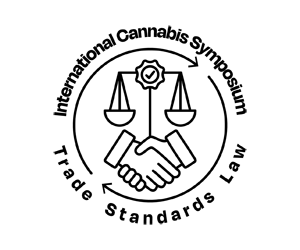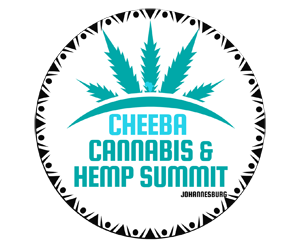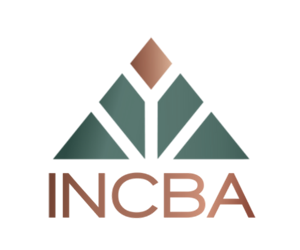The connection between the psychedelic movement and Indigenous medicine is complex and multifaceted. Western science has classified and redefined as “psychedelic” several plants and substances that hold transcendent value for many Indigenous cultures around the world. These ancestral medicines are deemed sacred and are used in ritual contexts to mediate healing and communication with the spirit world, gain insights, and treat various physical, mental and spiritual ailments.
Indigenous-led Medicine conservation is biocultural conservation. It is NOT an effort to simply preserve these medicines (and supply chains) – or their constituent molecules and/or specific habitat – but the entire ecological, social and cultural milieus within which they exist, and from which they cannot be separated without compromising the system as a whole. This holistic conservation, in turn, prompts the conservation and revitalization of vast ecosystems – rainforests and deserts – benefiting the entire planet, protecting our biodiversity (31 of the 36 recognized global biodiversity hotspots included Indigenous lands, among them, 79% have experienced armed conflicts in recent decades; Beatie et al., 2023; Raman et al., 2023), and ensuring a good home for humans and medicines for future generations.
The interaction between Indigenous cultures and the psychedelic movement is evolving; the latter is recognizing that Indigenous wisdom has informed the way psychedelics are being used clinically and therapeutically; and the former are emphasizing the importance of localized, heritage and culturally informed “set and setting” in which medicines like Peyote, Ayahuasca, Iboga and Mushrooms are actively utilized by highly trained practitioners today and directly support the health of Indigenous communities.
The mission of the IMC Fund is ensuring a future where Indigenous peoples, their territories, their medicines and their knowledges thrive for generations to come. Imagine 50 years from now, a psychedelic boom that addresses mental health, addiction, trauma, and supporting healthy communities, has accomplished its healing goals without being another extractive pressure harming ancient wisdom, cultures and knowledge, and has in fact deeply supported the peoples and lands they are entwined with, ensuring healing for all (Indigenous Medicine Conservation Fund, accessed February 2024).
“One of the things that always crosses my mind is, our purpose for living this life is to prepare [our] offspring to enjoy and to live in this world, to give them the skills they need to enjoy and to survive,” says Steven Benally, a board member of the Indigenous Peyote Conservation Initiative (IPCI). We are “the bridge between elders and future generations,” says Lucy Bennally, Steven’s wife and an IMC Fund Conservation Committee member. People in the 50+ age category have an essential role, to pass “ancestral and cultural information to our children and grandchildren.”
The pace of the Western world is not the same as in Indigenous societies. “The time in the community is governed by natural cycles, not by consumerism” – says Osiris Garcia, PhD, a Mazatec researcher and community member working to understand the needs of the Mushroom-using Mazatec people in the Sierra Mazateca in Mexico. “Many psycho-emotional illnesses are the result of the pace and pressures of modern societies.” So-called progress and modernity are destroying our sense of collective-self and we’re becoming oblivious of the visceral bond that ties us to mother earth and natural rhythms.
Compared with the fast-paced and consumption-oriented mindset of the West, Indigenous ways of being look at the past to understand the present as we prepare for the future. Biocultural medicine conservation is always this eye toward a future of abundance, deeply fortified knowledge systems, and everything in place to support future needs for healing and health. Unlike modern environmental efforts, biocultural conservation does not separate humans from their environment.




















